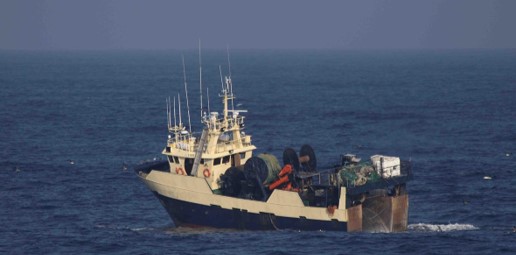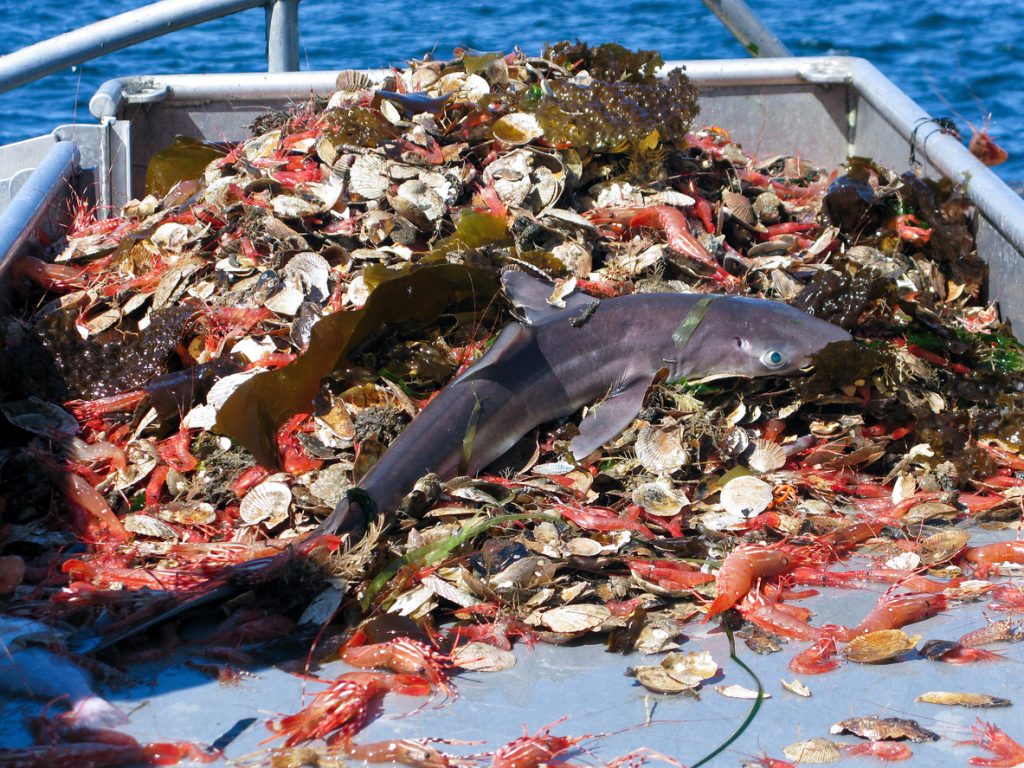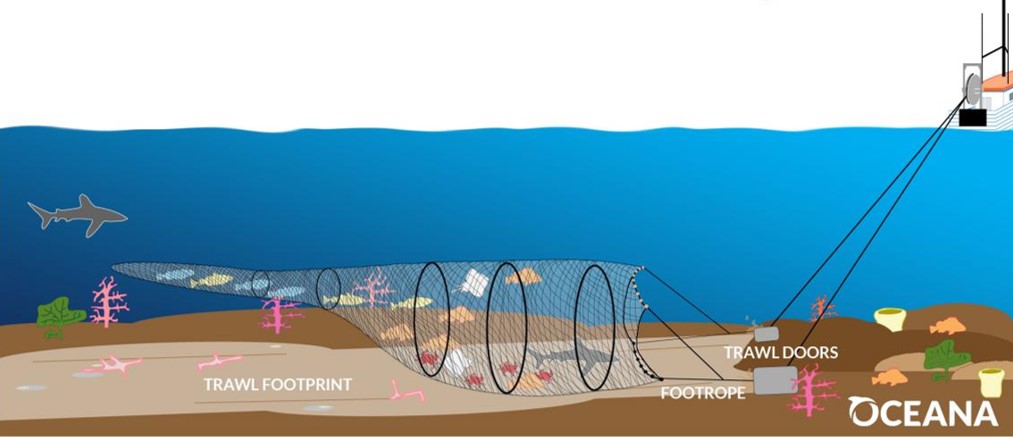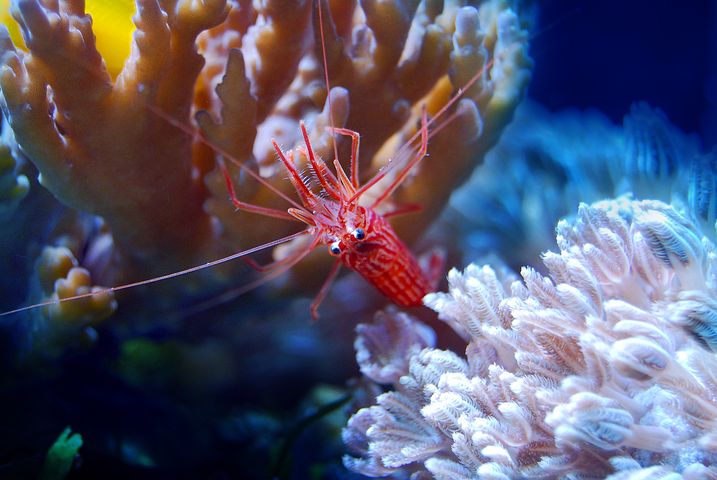
The term ‘bottom trawler fishing’ is probably not immediately associated with positive environmental outcomes. In fact, only one Ecosia search (our preferred search engine, as they facilitate planting trees) turns up plenty of scientific papers and opinion pieces looking in depth at the terrible destruction taking place in our oceans from this particular fishing practice.

The over-fishing of species; the accidental, or so-called bycatch (turtles, starfish, dolphins, reef shark, sting rays, or even fish which aren’t specifically desired like young snapper), which could be as much as 437 million tons of unwanted, discarded marine life globally per year; the removal of coral and rock gardens; the disruption of the loose sediment (which can be seen from space and upsets the seabed and everything in the water incredibly) – all of this spells disaster to many marine creatures, and indeed the entire marine ecosystem.
So there’s been strong moves made by national and local governments in various parts of the world to limit, and in some cases, completely ban this type of fishing. As we learn more about the way human life on Earth is dependent on our oceans — and I’m not referring to marine life being in our diet — we must surely aim to learn more about how we can protect that part of our environment.

So when I read an article from what I would usually consider a reputable source stating that bans for bottom trawling which had been in place for years were being lifted, I was of course immediately intrigued. And concerned.
The article states that after many years of tough negotiation talks between this specific type of fisherman and conservationists, bottom trawlers off the west coast of the USA can now return to the waters to once again trawl. Initially there was a ban in place, followed by extremely strict quotas on how much of which fish each trawler was permitted to catch. These actions decimated the ground fish (bottom trawling) industry, as they saw a huge drop in boats (500 vessels down to 75), but after some time of adhering to the quota system, both fisherman and environmentalists saw the pay off: the fish stock was going back up, and the ecosystem starting to recover.
The negotiation tables were revisited. And with new information about reefs (sometimes volunteered by the fishermen), a huge additional area of ocean, the size of New Mexico with waters up to 2.1 miles deep, was deemed off limits. Interestingly enough, that depth means much of this area is actually not attractive to bottom trawling fishermen anyway. So read into that as you will.

But, back to the ‘positive outcomes’ of more ocean-protected and ground fish species rebounding – they led to the announcement to reopen the 17 year banned area of water. It seemed to confirm nearly two decades of ‘discipline’ was the right path to have taken. And then we reached the bottom line of the article – to drum up demand for the fish which had been off the menu for many years. Had consumers forgotten about these apparently delectable fish? In the business of selling, supply meets (or admittedly, often exceeds) demand. So now the bottom fishing industry needed to launch a campaign to reignite desire to eat certain fish. Is that what this article was? It was printed by Associated Press in 7 different publications – copy and paste style (CBS News; CBC; The Guardian; Statesman Journal; The Lewiston Tribune; Juneau Empire and MSN).
In researching this story, to see for myself if in fact it was the ‘rare environmental success story’ it was purported as, I found only one other source mentioning it – the San Francisco Chronicle. And the emphasis was somewhat different. While important, the majority of the area now protected was never actually at risk, as the trawlers can’t fish that deep. There were no mentions of specific fish types and no suggestion that readers should whet their fishy appetite for morsels they might have been missing out on for years.
The upshot from the SFC came from Oceana senior scientist Geoffrey Shester, however, who sees the win as “monumental” as it protects the “factories that produce these bottom fish.” Aha. Perhaps now I understand. Very old and fragile corals will be protected. Fish can continue to breed and feed in the fragile and beautiful rockeries and coral gardens, meaning overall numbers in the ocean won’t dwindle. But their cousins who choose to live closer to shore, of if they venture on a vacay, will certainly perish as bottom trawling takes off again. And does this new protection prevent the other damage bottom trawling does?
I’m not here to suggest you do or do not dine on fish or crustaceans which may or may not have been caught through bottom trawling techniques. I’m not here to question the stance of someone who is surely more learned than I, and represents a reputable marine conservation body (their press release on the matter is here). But what I am here to do is to suggest that we are in a climate where we need to read between the lines sometimes. And not take everything at face value. And, unfortunately, not get too excited about headlines shouting about environmental home runs – until you’ve done some more reading. I will be very interested in whether we see any further reporting on this, or if indeed the west coast sees large advertising campaigns for specific types of rockfish. Should bottom trawling be making a resurgence? We’d love to know your thoughts in the comments.



